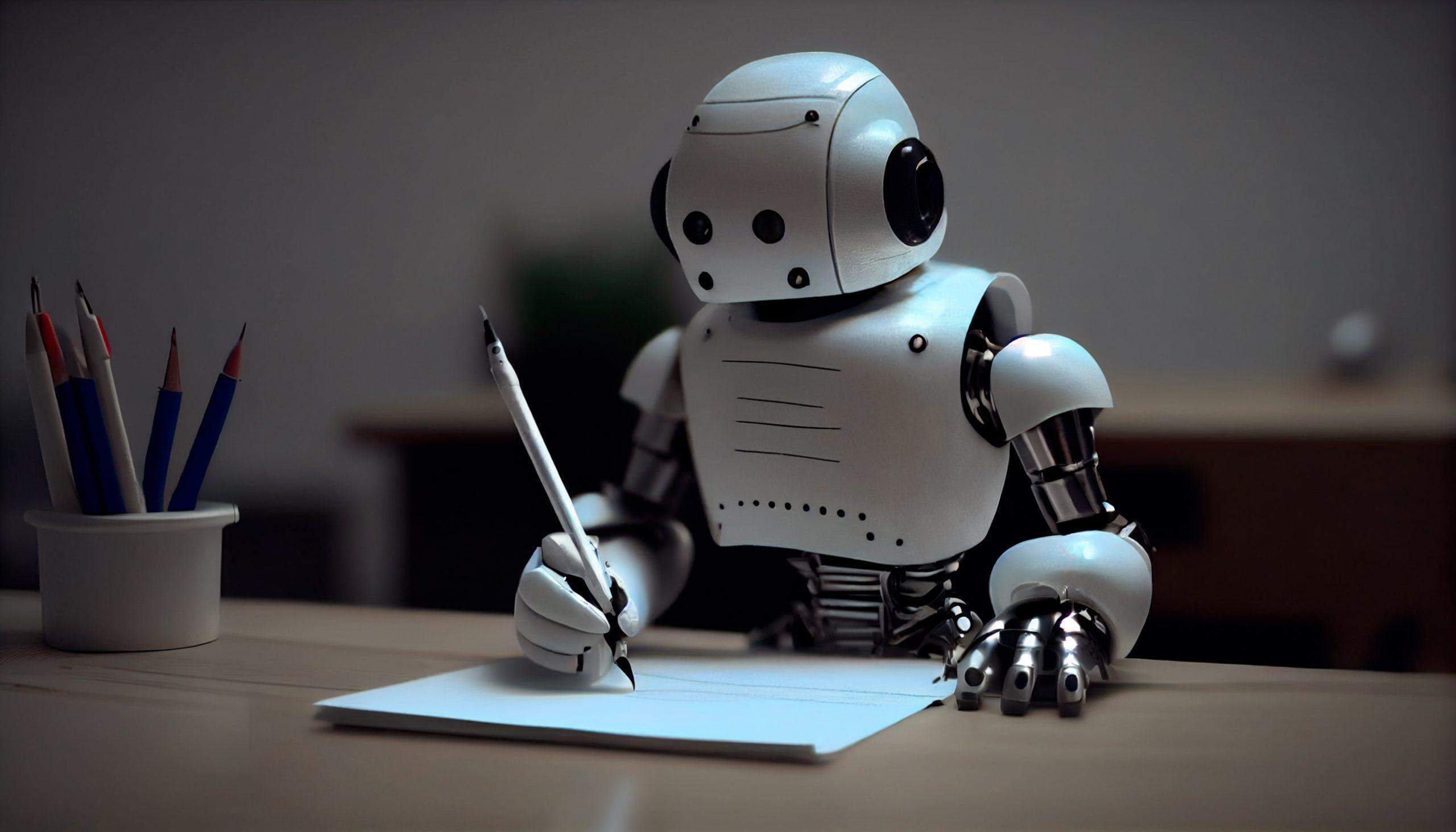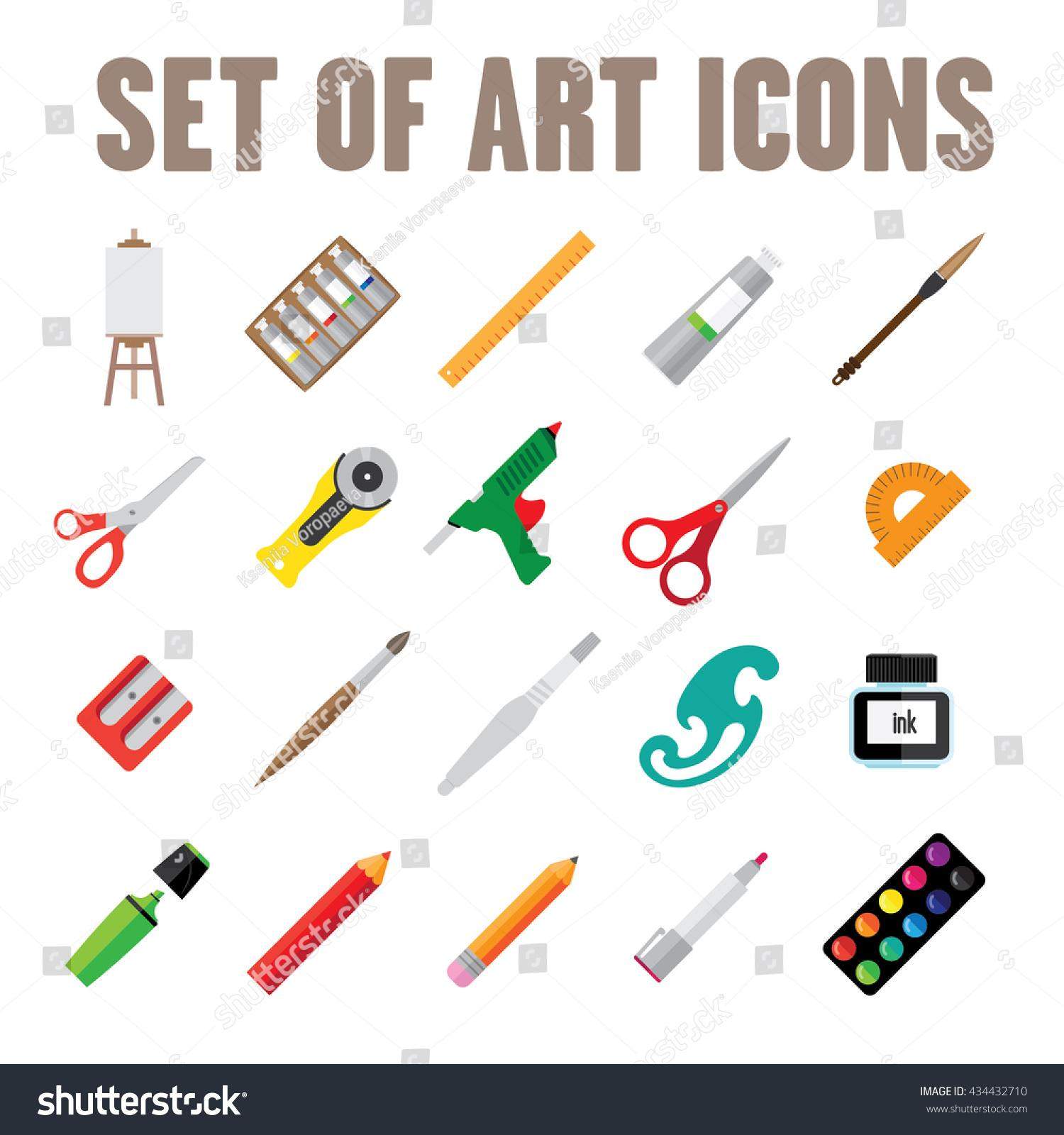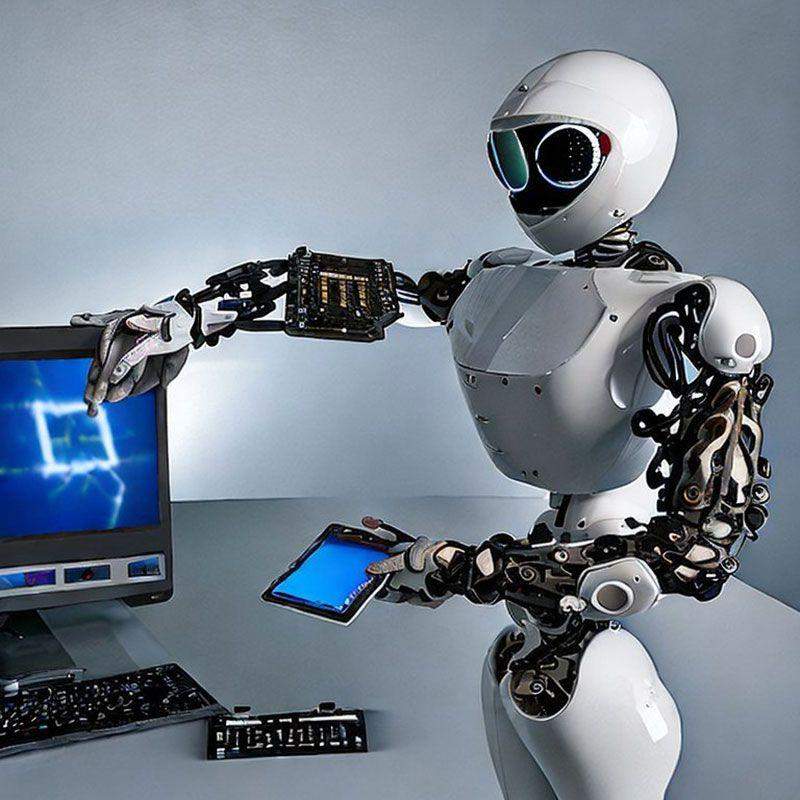In an age where technology and creativity intertwine more than ever, the debate between artificial intelligence and traditional human craftsmanship in writing continues to generate buzz. Have you ever wondered how AI writers stack up against their human counterparts? In this listicle, we’ll explore the 6 key differences between AI writers and human writers, shedding light on their distinct strengths, weaknesses, and overall impact on the world of storytelling and content creation. From understanding nuances in emotional expression to evaluating the adaptability of each, you can expect to gain valuable insights that will deepen your appreciation for both forms of writing—whether you’re a budding writer, a seasoned content creator, or simply a curious reader. Join us as we delve into this fascinating comparison!
1) Creativity and Originality: Human writers possess a unique creative spark that allows them to draw on personal experiences, emotions, and cultural nuances to produce original content. In contrast, AI writers analyze patterns in existing data to generate text, often lacking the depth of human creativity
Human writers bring an invaluable personal touch to their work, drawing upon a diverse tapestry of emotions, experiences, and cultural contexts. This creative spark allows them to craft stories and articles that resonate on a deeper level with readers. While AI can generate text that mimics human writing styles, it often falls short in conveying the richness of lived experience that influences a human writer’s voice. For example, a human can weave personal anecdotes or reflect on societal issues with an authenticity that engages readers, making them feel a shared experience.
In addition to personal narratives, human creativity thrives on imagination and the ability to forge connections between seemingly disparate ideas. A human writer can take inspiration from a walk in a park, a movie seen last night, or even a conversation overheard at a café, creating content that feels organic and fresh. In contrast, AI relies heavily on patterns gleaned from existing texts, often replicating familiar themes without the ability to innovate or push boundaries. Here are a few aspects illustrating the distinction:
| Aspect | Human Writers | AI Writers |
|---|---|---|
| Source of Ideas | Personal experiences | Existing data patterns |
| Emotional Depth | Rich and relatable | Limited emotional engagement |
| Innovation | Creative and original | Repetitive and derivative |

2) Emotional Understanding: Human writers can infuse their work with complex emotional themes, stemming from personal insights and lived experiences. AI writers, while capable of generating emotional language, do not experience emotions themselves and may struggle to capture the subtleties of human feelings
When it comes to crafting narratives or conveying messages that resonate on a personal level, the advantage lies with human writers. Their ability to tap into the depths of complex emotional themes is often rooted in personal insights and lived experiences. These writers can draw from a rich tapestry of emotions, reflecting on moments of joy, sorrow, love, and adversity that have shaped their perspectives. This depth allows them to create characters and scenarios that feel incredibly real and relatable, engaging readers on an intrinsic emotional level. They understand that emotions are not just feelings but also subtle nuances that play out in everyday life, making their work profoundly impactful.
On the other hand, while AI writers may be programmed to produce text that sounds emotionally charged, they lack the personal experience necessary to truly grasp the essence of human feelings. Although they can generate convincing emotional language, they face challenges in conveying the subtleties that come with human interactions. This often results in a more superficial portrayal of emotions, missing the intricate layers that define meaningful connections. For instance, consider the difference in how each might describe loss: a human might recall a specific moment of grief, while an AI could produce a general statement about sadness. Such disparities showcase the inherent limitations of AI in fully capturing the richness of human emotion.

3) Adaptability and Context: Human writers excel in adjusting their tone, style, and content based on a variety of contexts, such as audience preference or current events. AI writers may produce contextually relevant content but often do so within predefined parameters, which can limit their adaptability to dynamic situations
Human writers possess a remarkable ability to read between the lines and pick up on subtle cues from their audience. They can adapt their tone—whether it’s serious or humorous—based on the context, allowing them to forge connections that resonate on a deeper level. For instance, a seasoned journalist might employ a compelling narrative style to engage readers during a crisis, while the same writer could pivot to a more technical approach when covering a scientific breakthrough. This flexible responsiveness ensures that the message is both impactful and relevant, enabling human writers to seamlessly navigate through various subjects and themes.
On the other hand, AI-generated content relies on algorithms and data patterns, which can restrict their ability to adjust dynamically. While AI can swiftly generate text that fits certain themes or tones, such as promotional materials or general articles, it often operates within predefined parameters. This rigidity can lead to disjointed or tone-deaf content that may not capture the immediate cultural or emotional landscape. Consider the following table that highlights the different contexts in which adaptability may impact writing:
| Context | Human Writer | AI Writer |
|---|---|---|
| Crisis Event | Empathetic and urgent | Neutral and factual |
| Marketing Campaign | Conversational and persuasive | Template-driven |
| Academic Publication | Cited and analytical | Fact-based and structured |

4) Research and Knowledge Integration: While AI writers can quickly sift through vast amounts of data to gather information, human writers have the ability to discern credible sources and apply critical thinking to integrate knowledge seamlessly into their narratives, leading to richer and more informative content
AI writers excel at swiftly gathering data from a multitude of online sources, providing a wealth of information at lightning speed. However, this efficiency often comes at the cost of depth and discernment. Human writers possess a unique ability to critically evaluate the credibility of sources, ensuring that the information integrated into their narratives is not just plentiful, but also reliable. This critical thinking allows them to navigate the complex landscape of information, distilling it into essential insights that resonate with readers. By synthesizing knowledge from various credible sources, they create content that offers a richer context and accentuates key themes.
Moreover, human writers excel in weaving personal experiences and nuanced understanding into their work. This integration of knowledge goes beyond mere data accumulation; it involves infusing narratives with emotion, cultural contexts, and reader-oriented perspectives. Unlike AI, which may struggle with the subtleties of human experience, writers can connect disparate ideas to form a cohesive narrative that informs and engages. The effectiveness of their storytelling often hinges on their ability to relate their findings to the real world, leading to content that speaks to the audience on multiple levels, bridging knowledge gaps while fostering a connection.
Wrapping Up
As we wrap up our exploration of the contrasting realms of AI writers and human writers, it’s clear that both bring unique strengths to the table. While AI writers might excel in speed and data-driven content creation, human writers weave emotion, experience, and creativity into their narratives—elements that technology has yet to fully replicate.
Understanding these key differences not only enhances our appreciation for the art of writing but also informs how we can best leverage each type to enhance storytelling, marketing, and communication in today’s digital landscape. Whether you’re an aspiring author, a marketer, or simply a lover of words, recognizing the distinctive qualities of both AI and human writers can empower you to make more informed decisions about the content you create and consume.
As technology continues to evolve, the lines between human and AI writing may blur even further, but the value of genuine human connection and creativity will always remain vital. So, as you venture forth, consider how you can blend the efficiency of AI with the heart of human storytelling, crafting narratives that resonate in ways that neither could achieve alone. Happy writing!




